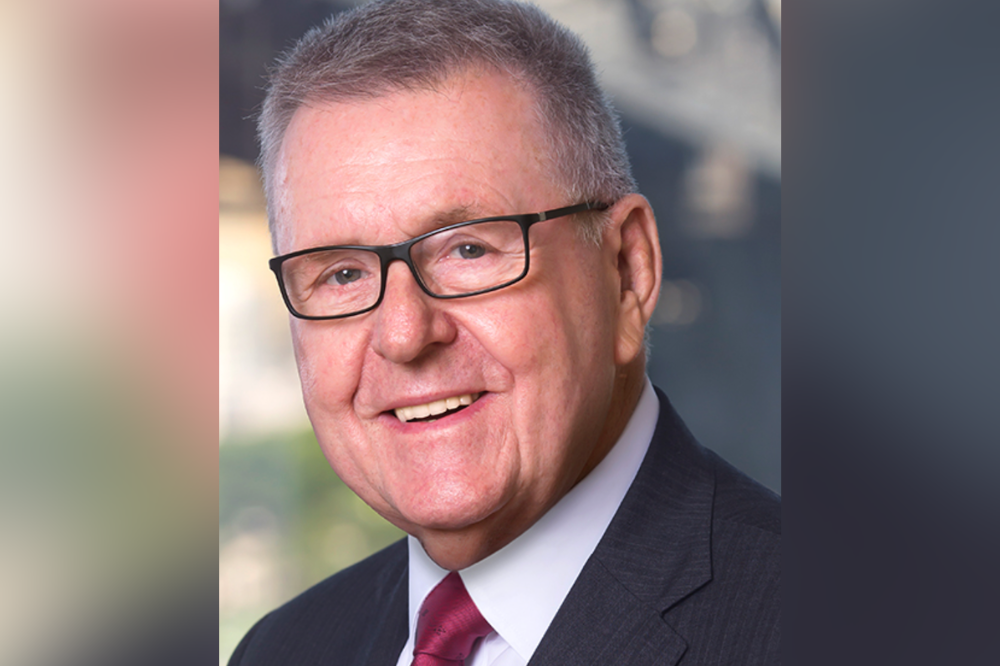What does Robert Kelly see as the biggest broker challenges in 2022?

“I still think the biggest challenge we’ve got is dealing with insurers that have cost bases which are completely out of kilter at the moment,” he said.
Kelly offered a similar view during a news conference in August last year. He warned of the rapidly rising costs facing insurance companies and described their labour costs as “going berko [berserk].”
Read more: Steadfast CEO warns of insurance industry’s rising costs
On this occasion, Kelly was more restrained.
“The cost of employing people by an insurance company is expanding exponentially, much faster than the revenue margin can expand,” he said.
The Steadfast CEO said attritional claims are continuing.
“They’re not going away and the weather claims, or cat claims – they didn’t need La Nina to come in as early as it did and hopefully it’s going to leave early – the reinsurance pricing is adjusting to that at the moment,” he said.
“So we’re faced with a very difficult time,” he added.
Also, he said, insurers are having to make remedial actions to parts of their books, “which is very, very bad for some sectors of the market,” said Kelly.
All this creates major challenges for a broker network like Steadfast, he said.
“So it’s a very difficult thing as a distribution network to actually put a figure on what you’re worried about,” he said.
Another issue, he said, is the lack of digital transition from insurers.
“We’re worried that a lot of the insurers have not applied themselves to recognizing that digital transmission of the data we collect is the way forward,” said Kelly.
There’s also the ongoing situation where certain insurance pools are not being big enough, he said, to cover the claims that are likely to occur.
“You saw the horror of that jumping castle incident. There’s nothing better than for kids to go to a local park and be able to get on the jumping castle and have fun. But the inability for an insurer to accept that risk because of the potentiality of claims that have occurred and can occur – you just can’t create enough premium pool to do it,” said Kelly.
The Steadfast CEO said this lack of insurance coverage in certain areas of the market is one of the most difficult issues.
“Those are sectors of the market where insurers don’t get paid enough money and they can’t charge enough money because they’ll be seen to be gouging,” he said.
Kelly said insurers are not philanthropic operating structures allowed to take profit out of one sector and put it into another sector.
“It doesn’t work that way in insurance. Each discipline that you’re insuring should stand up and be able to be rated to create a pool to give you a profit margin,” he said.
Another major preoccupation for brokers and the rest of the industry, he said, is the transition out of the hard market.
“So I think that’s the hardest thing at the moment, this transition from the soft market into the hard market into what is a realistic market,” he said.
Although Kelly said he doesn’t actually see it as a hard market.
“People keep going, ‘How long will this hard market keep going?’ I keep correcting them and tell them, ‘It’s not a hard market, it’s what the market is and what it has to be at the moment to sustain the capital basis and the profitability of insurers,’” he said.
Kelly prefers to call this the “pricing mechanism”.
“Let’s say that this is the pricing mechanism – you need to try and maintain some equity in the capital at risk that the insurers do and we do,” he said.
Read next: Robert Kelly’s “euphoria” from supporting incredible cause
Outside of his work at Steadfast, Kelly is a member of the Australian Institute of Company Directors and sits on the ACORD board in New York. He also serves as a director for ASX-listed Johns Lyng Group and the not-for-profit organisation KidsXpress.
In October 2020 he participated in the “CEO Dare to Cure” event organised by the Children’s Cancer Institute. The occasion involved Kelly taking an ice bath to raise money for childhood cancer research. The Steadfast CEO raised more than $100,000 for the cause.





